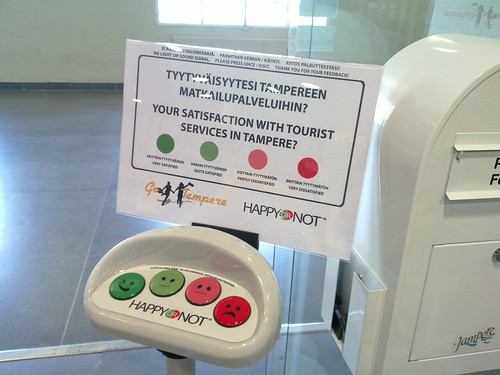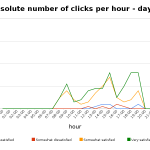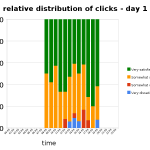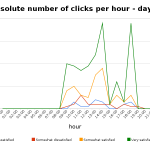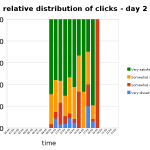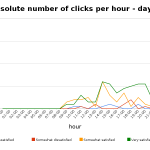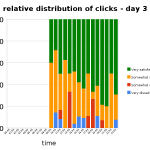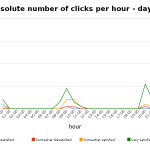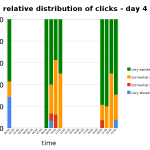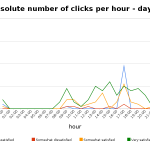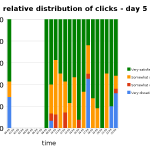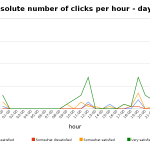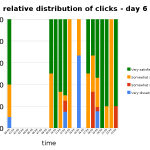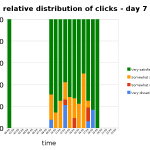(This is the second guest post by Asheesh Laroia of OpenHatch, an “open source involvement engine”. OpenHatch is a website and ongoing project to help new contributors find their place in free software projects. If you like this sort of thing, you could subscribe to the OpenHatch blog.)
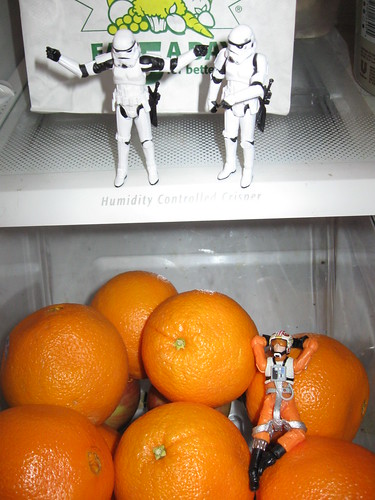
For most open source projects, just one new contributor would mean a huge increase in energy. As a team member, what can you do to find that person?
Typically, we configure computers to converse with prospective helpers. This “scales” — a new contributor requests a page from your wiki or searches the OpenHatch volunteer opportunity finder, and you don’t have to do anything at all. If things work out, the patches flow in.
This time, I want to talk about outreach strategies where human effort is the bottleneck.
Fedora Design Bounties
With the aim of bringing in one new contributor, Máirín Duffy sometimes writes a “Fedora Design Bounty”, a long description of something she could do herself.
Look at the first one and you’ll get a sense of the process she underwent. She created a splashy web page and discussed a specific issue at length (rather than simply linking to a ticket). She singled out a specific task for a newcomer and provided context showing why it was important that the work gets done. In the “What’s in it for you?” section, she explained how you’ll totally be cooler if you do it. Finally, she made it a contest: anyone can try working on it for 48 hours, and if they don’t succeed, the next person in line gets a shot.
Then she crossed her fingers in hope, hit “publish”, and waited anxiously.
In this case, there was an outpouring of response. Within only a few hours, a fellow named Jef claimed the “bounty”, and a few days later, Máirín congratulated him on the success.
From one perspective, her actions were incomprehensible. If she wanted someone to help her, why didn’t she just file a ticket in the Fedora Design Trac? If she wanted to publicize it, why spend hours writing all this up and making a contest when she could have just blogged a link to the ticket?
And all this time, Jef could have applied his design skills to the team’s work by looking for a suitable ticket in the tracker. Why didn’t he?
There are some intriguing aspects of her strategy:
- Her request for help feels unusually human. She spells out the tools to use and documents to read. That kind of information (and tone) isn’t even appropriate for a ticket tracker.
- By creating a time-limited contest, she creates a sense of urgency. Hers is an opportunity for self-improvement, not a red “Overdue” marker in a bug tracker.
- She worked to put her request in front of lots of people. It hit Planet Fedora, Planet GNOME, and her microblog.
And it worked. She’s created lasting contributors. Jef and Emily, the two successful “ninjas”, have gone on to contribute to the Fedora Design Team in other ways. (Jef even landed an internship at Red Hat!)
A supportive environment with friendly people and “borrowed” resources
In college, I led the Johns Hopkins Association for Computing Machinery, our computer club, for a few years. When I was chair in fall 2005, students’ computers in dorms could not run servers; the firewall would block inbound connections to them. One enthusiastic-yet-timid freshman came by and seemed like he wanted to tinker with running a Linux box. The ACM office is a great place for that, and we had spare hardware on shelves. But we were running out of IP addresses, and most existing machines were too critical for me to hand out root access to a freshman.
We lucked out when we found a discarded computer in the hallway. A sticker declared its hostname, sea.cs.jhu.edu. We brought it back to the ACM office. Since no other machine was using that IP address, we decided to keep using the address until someone complained. So we plugged it in, installed a fresh OS on it, and he got to fiddling.
Now, five years later, he’s a developer in DragonFly BSD and contributes patches to Ogg Theora, Plan 9, and a host of other projects.
The presence of Linux geeks in the ACM office provided an environment that encouraged asking questions and trying personal projects.
What if the ACM had been inactive? The restrictive Hopkins firewall would have blocked his ability to experiment with SSH and learn about UNIX-like systems. And the spare (albeit dodgy) IP address meant that the ACM sysadmins were never tempted to re-purpose the machine to serve the entire ACM membership.
(Also, I think that IP address is unused again…)
What I take from these examples
Fedora Design Bounties and incubating students in the computer club are time-intensive activities. At a great amount of effort, locked within a short period of time, they reach a tiny number of people.
But for that small number of people, they can have a huge impact.
For a project leader like Máirín, one new contributor can boost the energy level of the community. With that as her goal, working hard to find that new contributor makes perfect sense. I believe there are other projects in similar situations, so Danny Piccirillo and OpenHatch are incubating a similar project called Starling Bounties. To prove to the community it can work, we’ll take on the writing effort.
For me, watching people “get it” has always been rewarding. Not all students have access to a support network knowledgeable about open source. So this past weekend, I visited the University of Pennsylvania to try to create one there. With help from other teachers, we gave 30 students hands-on instruction in GNU/Linux, IRC, git, and other concepts key to open source participation.
These mechanisms can only grow as fast as humans pour effort into them. When you want a substantial change from someone, a costly signal shows dedication.
Thanks
After reading all these words, you must be exhausted. Go get yourself a glass of water.
For you lovely readers who stuck it out this far: What do you think of the Fedora Design Bounties? Would you be interested in trying a Starling Bounty with your own project? And I want to hear about the fun things you do to help grow the free software community, even if they “don’t scale”!

